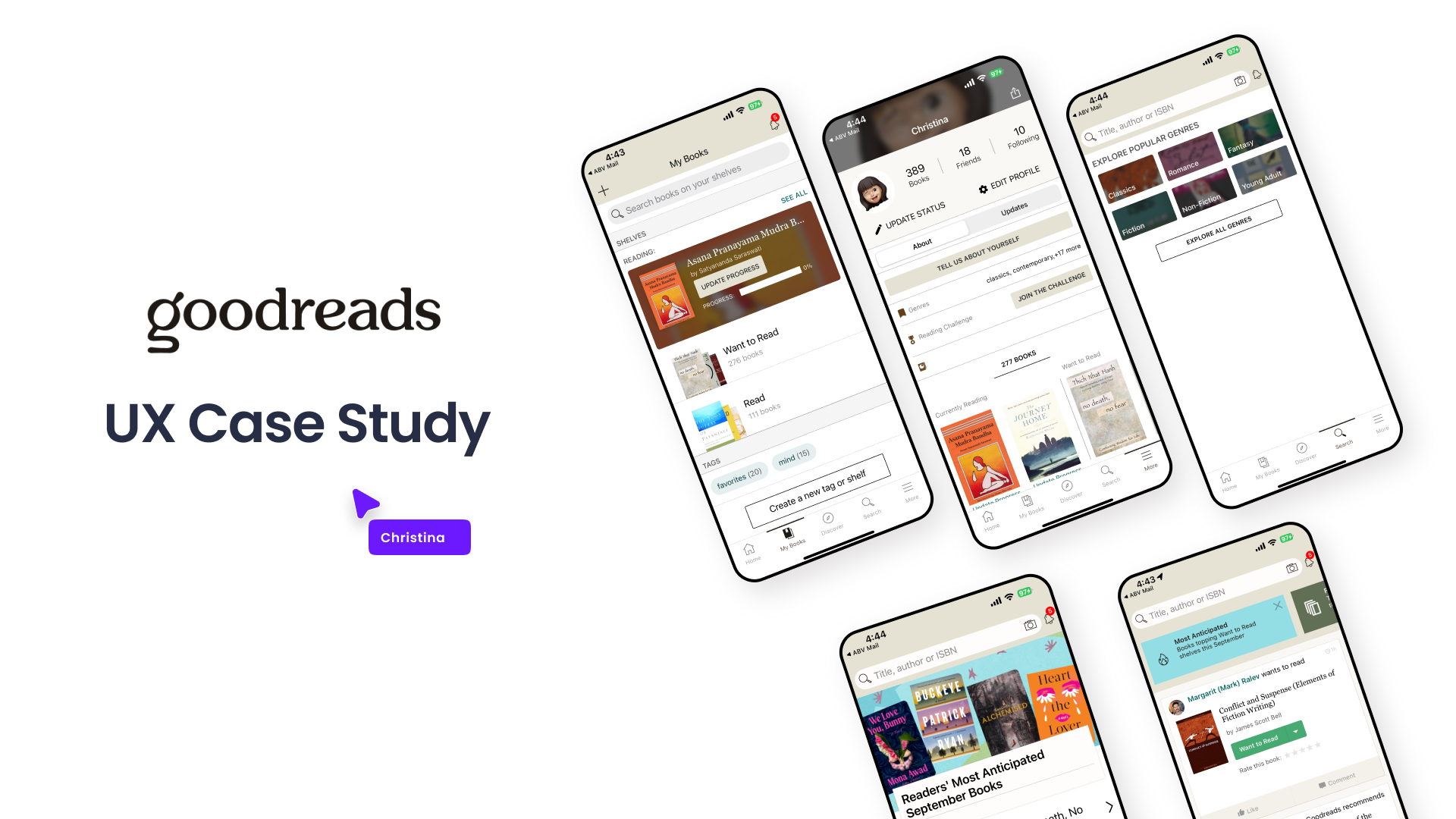Sentur Recovery
Sentur is a mental health platform designed to enhance communication and care between patients in treatment and their clinicians. The system includes one mobile app for patients and a web-based dashboard for clinicians. It offers a structured and compassionate approach to tracking emotional states, identifying internal parts, and maintaining engagement between sessions.
Project Overview
Problem
In residential treatment centers, clinicians are responsible for managing large caseloads, often with limited visibility into their patients' day-to-day progress between sessions. Key issues included:
Lack of structured insight into patient mood, safety risk, or therapeutic engagement between sessions
Time-consuming documentation processes that limit direct patient care
Patients needing a supportive daily touchpoint to stay engaged and motivated
Goal
Design a system that:
Gives clinicians a real-time overview of each patient’s emotional, behavioral, and therapeutic progress
Empowers patients to track their healing journey and reflect between sessions
Provides daily data and meaningful insights that clinicians can use to personalize care and prioritize safety
Outcome
The solution includes:
Brand Design
Mobile app for patients: Daily check-ins, mood tracking, part identification, journaling, and access to calming tools.
Clinician dashboard: At-a-glance overview of caseload, safety alerts, therapy progress, and skill development.
My Role
UX/UI Design (end-to-end)
Design systems & components
Journey mapping for patients and clinicians
High-fidelity wireframes & prototyping
Design Brand Guidelines
Collaboration with developers for implementation
Tools
Figma
FigJam
Canva
Year
2024-2025
User Personas & User Journeys
I mapped out detailed journeys for both patients and clinicians to make sure each interaction felt intuitive and meaningful. For clinicians, the flow needed to support quick scanning and prioritization. For patients, I focused on simplicity and emotional safety—helping them feel seen, supported, and empowered in their healing journey.
Design System & Brand Guidelines:
I created a calming, minimalistic visual identity to reflect the therapeutic nature of the platform. Colors, typography, and layout choices were made to reduce cognitive load, support emotional regulation, and create a sense of trust and warmth. The brand needed to feel clinical but compassionate.
Consistency Across Platforms:
Both the app and dashboard share a cohesive design language to reinforce brand identity and reduce learning curves between tools. This helps facilities onboard new users more easily while maintaining a high level of trust and professionalism.


App Design
The design of Sentur focused on creating a safe, soothing space for inner work. I led the UI/UX design of the mobile app, where patients engage in parts-based self-reflection and emotional check-ins. Every detail was intentional—from the color palette to the gentle animations and conversational tone.
Why I Designed It This Way:
Emotional Safety First: Users come to Sentur in vulnerable moments. I used soft typography, spacious layouts, and calming visuals to reduce overwhelm and invite trust.
Guided Healing: The app needed to feel like a companion, not a tool. I crafted conversational flows and iconography that guide users through complex emotional territory without feeling clinical.
Personalization: Patients see reflections tailored to their own emotional journey. I designed dynamic interfaces that adapt based on user inputs—creating space for real growth.
Consistency with Brand: I created the design system and visual guidelines to ensure that every interaction—across mobile and desktop—feels coherent and grounded in the same philosophy.
My goal was to help users feel held—not just seen. Every screen is designed to mirror back inner clarity.
Dashboard for Clinicians:
The dashboard was designed to surface key patient insights quickly. I prioritized clarity and efficiency—giving clinicians at-a-glance access to check-in data, safety alerts, and therapy milestones. This helps them better prepare for sessions, spot concerning trends, and focus more on care, less on admin.
Final Thoughts
Designing Sentur Recovery was more than creating an app—it was about building a space where healing can begin. This project brought together my passion for emotional wellbeing, thoughtful storytelling, and intentional design.
Working closely with developers and therapists, I translated deep therapeutic principles into an experience that feels personal, safe, and empowering—for both patients and practitioners. From user journeys to brand direction, every decision was rooted in clarity, compassion, and care.
This wasn’t just a product. It was a shared vision.
A vision for healing that feels human.
A tool that meets people where they are.
A design that honors the complexity of being.
More Projects















































